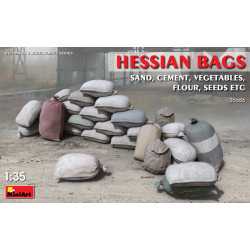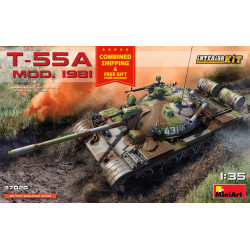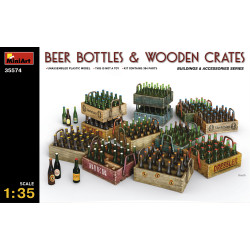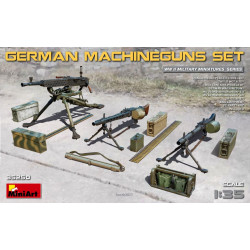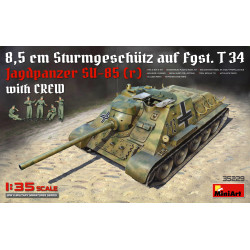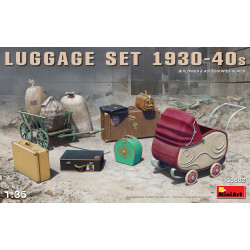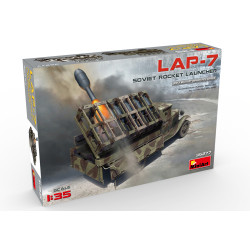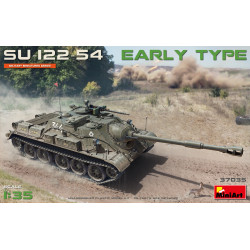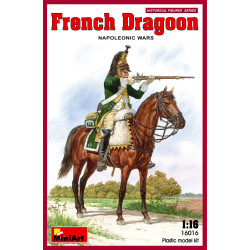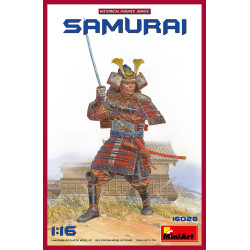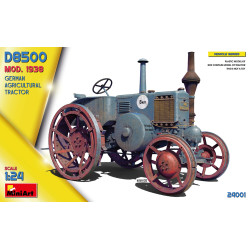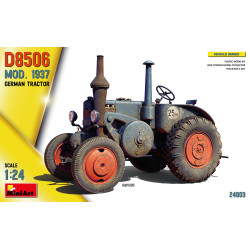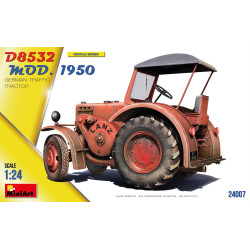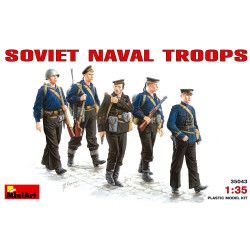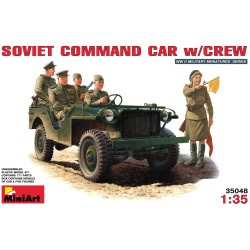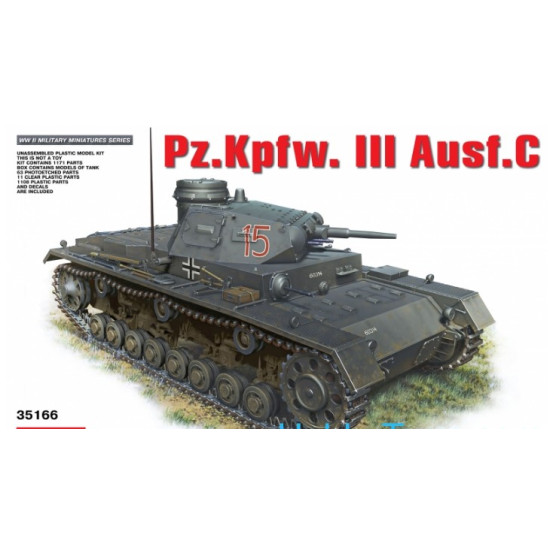
Pz.Kpfw.III Ausf.C German medium tank
1/35 WWII scale plastic model kit
Miniart MA35166
Manufacturer: Miniart (Ukraine)
Scale: 1/35
Material: Plastic
Paint: Unpainted, Unassembled, Kit do not contain paints and glue.
Condition: New in Box
Panzerkampfwagen I Ausf. An on display at the Deutsches Panzermuseum Munster, Germany.
[hide]
v
t
e
History of the tank
Era
World War I
Interwar
World War II
Cold War
Post-Cold War
Country
Australia
United Kingdom
China
Canada
New Zealand
Czechoslovakia
France
Germany
Italy
Israel
Japan
South Korea
Soviet Union
Spain
Poland
United States
The final tank designs of 1918 showed a number of trends. The US and British produced the Mark VIII tank. The pinnacle[citation needed] of the rhomboid design, the 34-foot-long (10 m), 37-ton, Mark VIII tank was powered by a 300-hp (224 kW) V-12 engine and capable of 7 mph (11 km/h) cross-country. However, the Renault FT set the pattern for almost all tanks that followed it; these tanks generally had lower track profiles and more compact hulls, and mounted their weapons in turrets.
Worldwide, many sizes of tank were considered, and much of the development effort went into light tanks that were useful primarily against infantry or for colonial police-type work. The worldwide economic difficulties of the 1920s and 1930s led to an increased emphasis on light tanks as they were much cheaper to produce than medium or heavy tanks were. However, the Spanish Civil War showed that tank-versus-tank engagements and tank-versus-towed antitank gun engagements would now be a major consideration in tank design. It became clear that future tanks would need to be heavily armoured and carry larger guns. Tank shape, previously guided purely by considerations of obstacle clearance, now became a trade-off between a low profile, desirable for stealth, and weight savings.
The BT-2 tank of 1932 was the first modification of Walter Christie's design.
The British A-13 Cruiser Mk IV tank.
The British Mk VII Light Tank 'Tetrarch'
In Britain, a great deal of study on the future of tank warfare was carried out, and there were some differences. Whilst both J.F.C. Fuller and Basil Liddell Hart foresaw a war where all arms, infantry, tanks and artillery, would be mechanised, Fuller's theories looked at all-arms formations with artillery, infantry and military engineers mounted on similar vehicles to keep pace with the tanks. He foresaw armies using heavy all arms formations to break through opponents defences, allowing lighter, faster units to make rapid advances, thereby not allowing the enemy to re-establish any defences. Liddell Hart considered that tanks would eventually carry their own supporting infantry, in much the same way as modern warships carry their own marine detachments, he also proposed using indirect attack, effectively going around any defences. During the 1930s the British Army established the Experimental Mechanized Force, to test these theories and look at the basic problems of managing, controlling and commanding all arms formations, including the use of aircraft. Many of the units involved in this force, were posted to North Africa, where their experience played a major part in the British success in the East African Campaign, and General Wavell's initial successes in the Western Desert campaign. The British used three classes of tank: The 'Infantry', for supporting the infantry; the 'Cruiser' for fast moving encounter battles and reconnaissance, and the light tank, for reconnaissance, escort and internal security.[citation needed]
In the U.S., J. Walter Christie developed a series of fast tanks, based on his revolutionary Christie suspension system. This was combined with very high power-to-weight ratios achieved by fitting large aircraft engines in his tanks. Although his prototypes were capable of very high speeds, and in some cases designed to be air transportable, disputes with the United States Army Ordnance Corps and a high price (compared with what the US military was willing to pay) meant they were never produced in the USA. Christie's prototypes were however purchased by the Soviet Union, and were to be developed into the BT tanks and eventually, on the eve of World War II, the famous T-34. The success of the BT series, when observed by Fuller, at Russian Army manoeuvres, influenced the British to buy a Christie Tank, imported as a "Tractor", which led to a series of cruiser tank designs such as theA-13 Cruiser Mk IV, Crusader, and others.
BT-7A artillery support tank was aself-propelled gun variant of the Soviet BT tank, armed with a 76.2 mm howitzer.
Today it may be difficult to understand why the tank idea found such resistance from the leadership of several armies. Part of the explanation is that the entire automotive industry was in its infancy. Tanks were rightly considered unreliable, troublesome equipment as late as the early 1930s. Weak engines, poor transmissions, and fragile, short-life tracks contributed to this reputation. The otherwise-incomprehensible resistance to tanks from 'traditional' military leadership can be partly understood in this light; a tank battalion that loses most of its vehicles due to mechanical failure on a 50-mile movement is not a reliable asset in combat. The international success of theVickers six-ton tank is due more to its high reliability than any brilliance in the design. However, as the decade passed, engines, transmissions and tracks all improved. By the beginning of WWII, reliable engines and transmissions, as well as high-speed suspension designs were all available. For example, in 1940, two prototype T-34 tanks completed a gruelling two thousand-kilometre test run by members of its design team, from Kharkov to Moscow, Smolensk, Kiev, and back.
Soviet BT-7 tanks on parade.
A final trend in the between-the-wars period was changes in manufacturing methods. France pioneered the use of very large castings to form gun mantlets, turrets and eventually, with the S-35, entire tank hulls. The widespread use of casting was copied by the US and USSR, and to a lesser extent in the UK. Casting enables the fast manufacture of ballistically well-shaped components. Germany never made much use of large cast components, limiting casting to smaller items such as mantlets. Welding gradually replaced riveting and bolting as a means of fastening rolled armor plate together. Rivets can shear off when struck by enemy fire, resulting in additional crew casualties. Germany and the USSR led the way with welding, although the US followed closely. Riveting and bolting remained in use in some countries such as Hungary, Japan, and Italy, and to a lesser extent in the United Kingdom right to the end of WWII. Finally, the US and USSR led the way in rationalizing designs for fast production, eliminating unnecessary components or manufacturing steps that added little value. In contrast, French and German pre-war (and even wartime) tanks often incorporated features that added cost or manufacturing complexity out of proportion to their combat value.
| General Product Info | |
| Material | NOT SET |
| Scale | 1/35 |
| Type | Tank |
We have the lowest worldwide shipping. And it's totally simple.
EUROPE, USA, CANADA TURKEY, ISRAEL, EGYPT, UE CHINA, JAPAN, HK, S.KOREA | AU NZ MX South America, Asia | |
| Order weight up to 0.22kg or 0.48lb | US$ 8.90 | US$ 8.90 |
| Order weight up to 0.44kg or 0.97lb | US$ 13.95 | US$ 17.90 |
| Order weight over 0.44kg or 0.97lb | US$ 19.99 | US$ 29.99 |
| Order total over $150 | FREE | PROMO US$ 19.99 |
Shipping to some countries not qualifies for the free shipping option but costs not over $29.99 for any sized order. Sorry for that, your location is too far.
- Stock: Out Of Stock
- Model: MA35166
- Weight: 1.39lb
- DATE ADDED: 29/05/2015
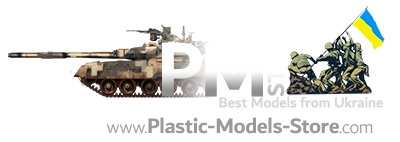
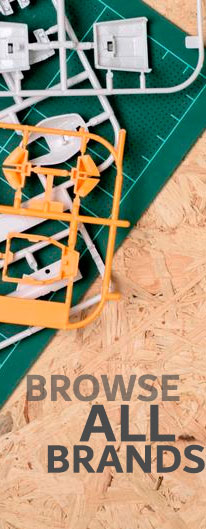

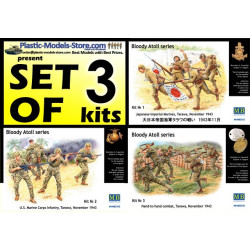
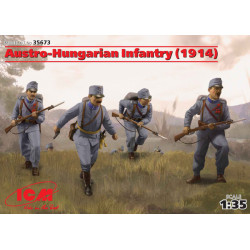

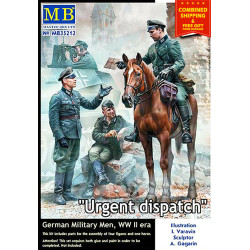
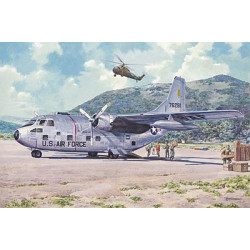
-250x250w.jpg)
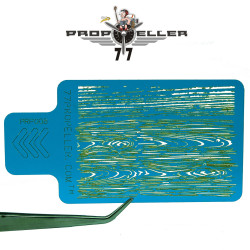
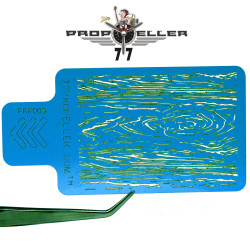

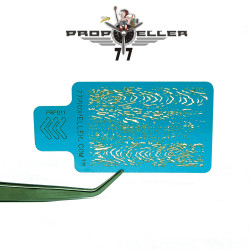
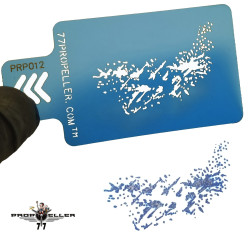
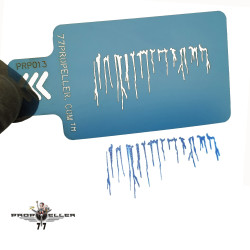
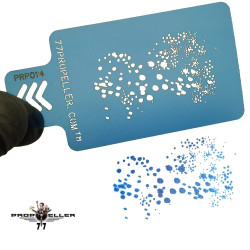

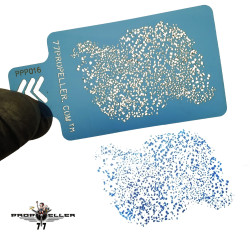

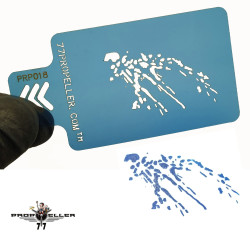

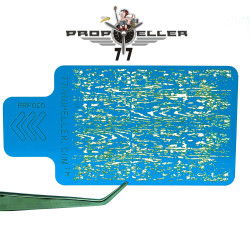
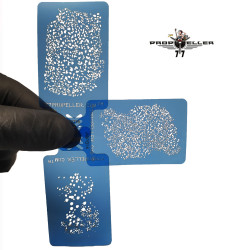

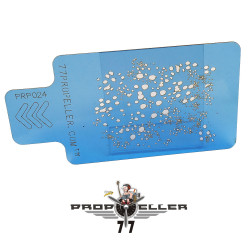
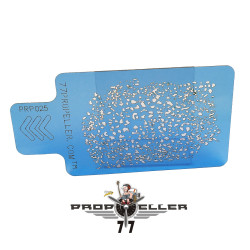
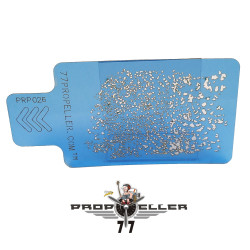
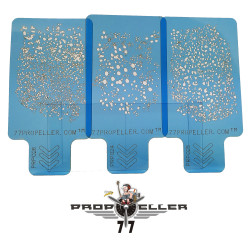
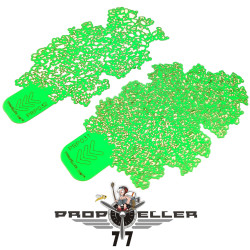
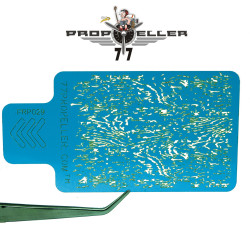
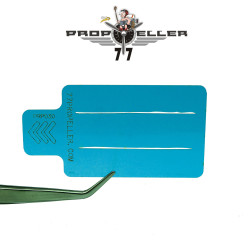
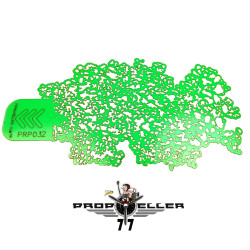
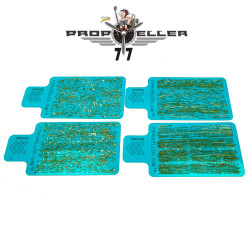
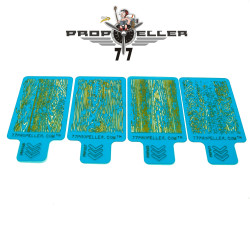
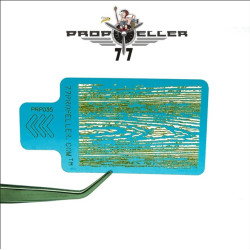
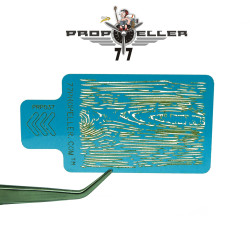
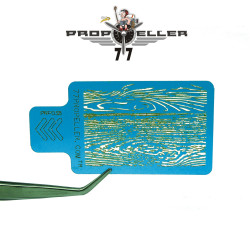
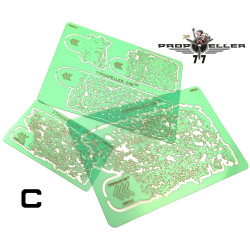
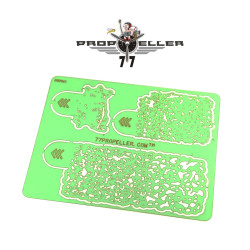
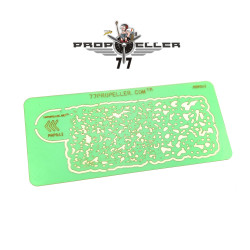
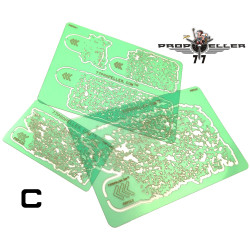
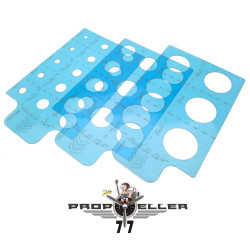
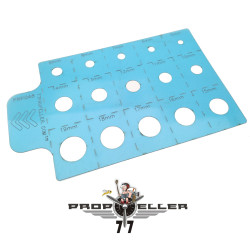
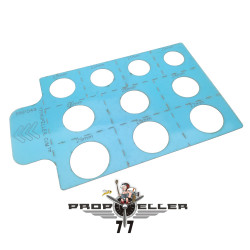
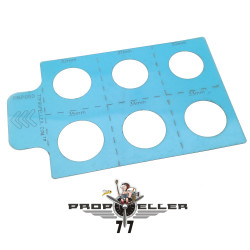
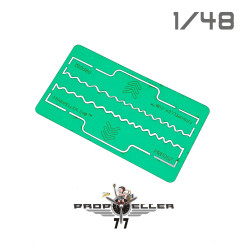
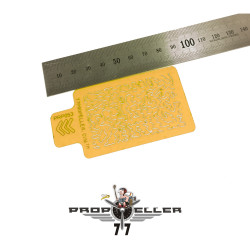
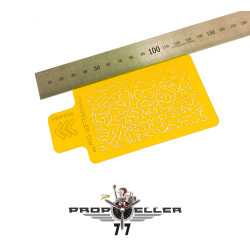
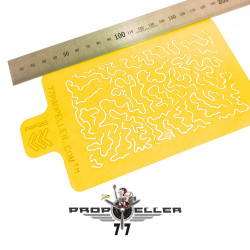
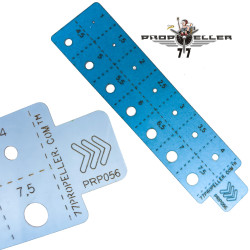
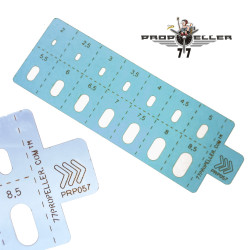
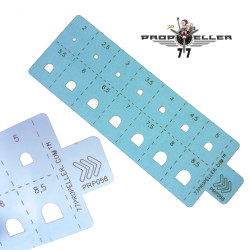
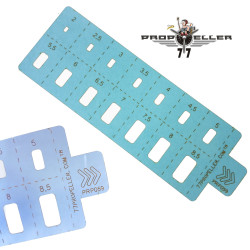
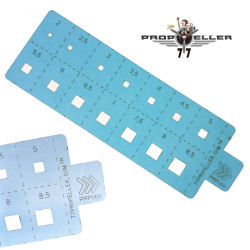
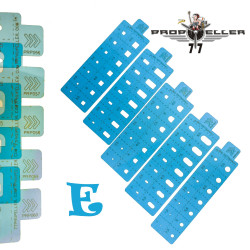
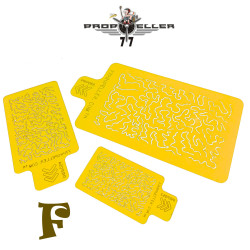
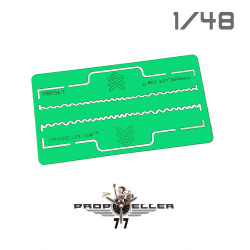

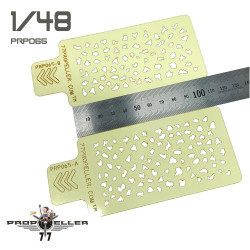
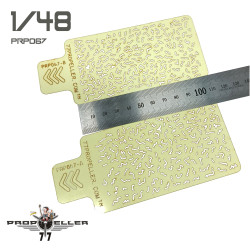
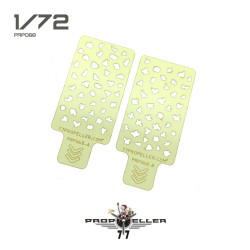

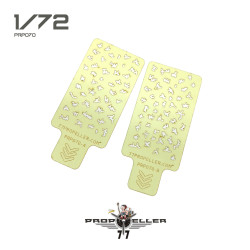
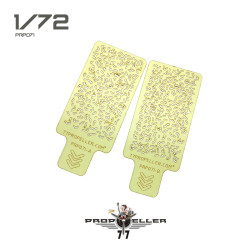
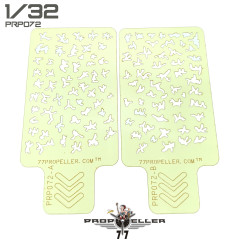
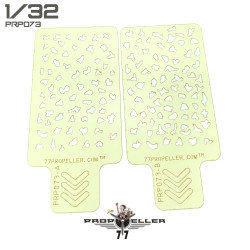
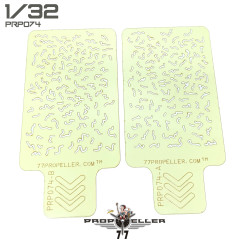
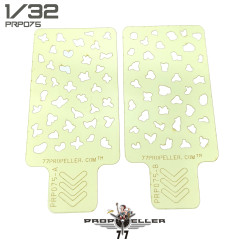
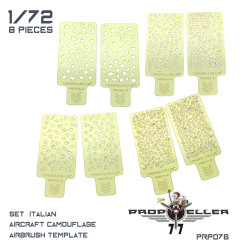
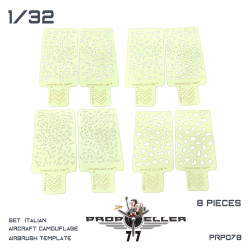
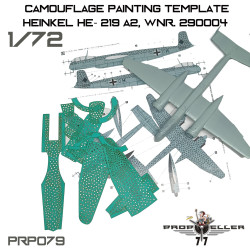
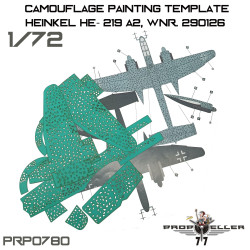
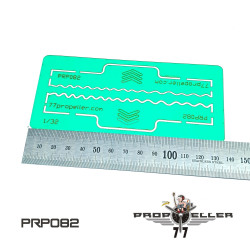
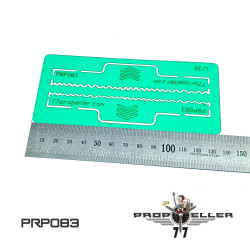
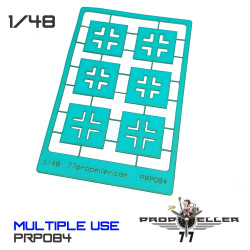
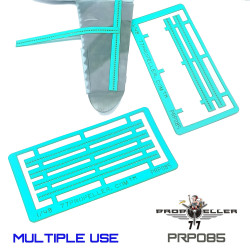
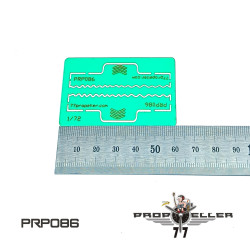
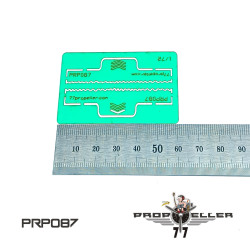
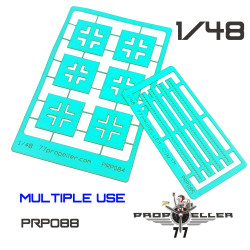
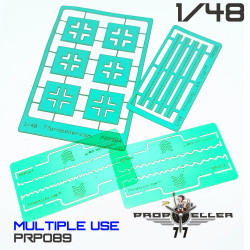
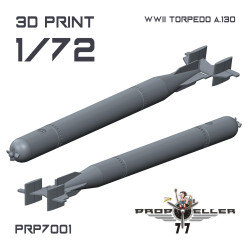
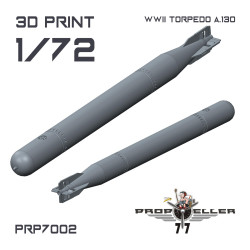
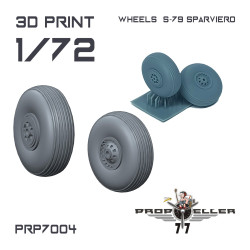
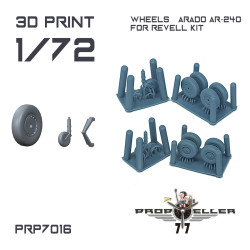
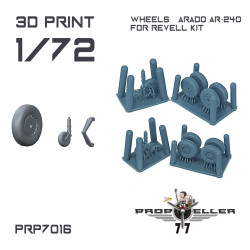
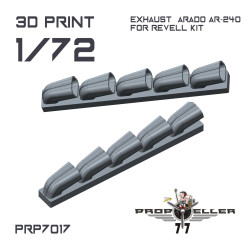
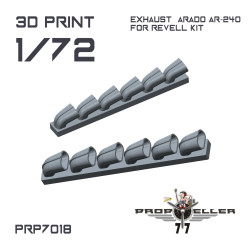

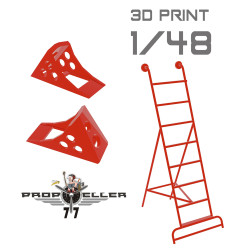
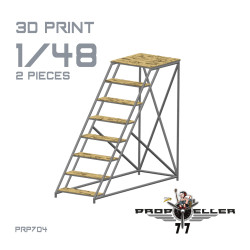
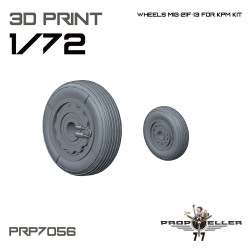
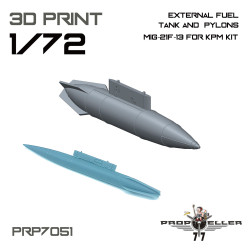
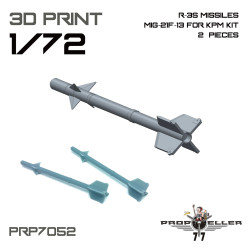
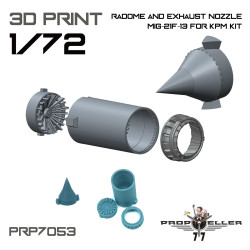
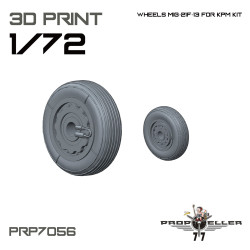
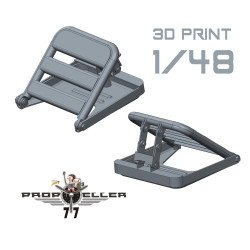
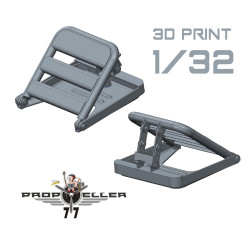
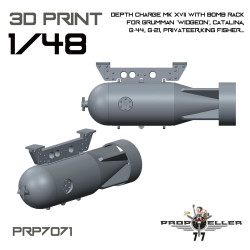
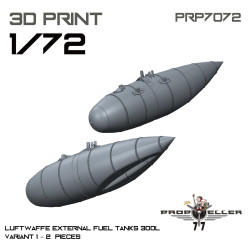
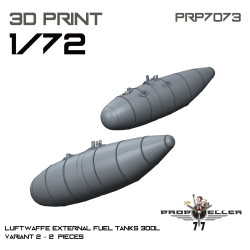
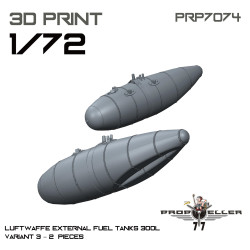
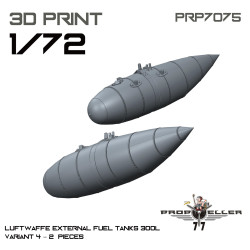
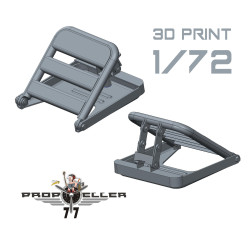










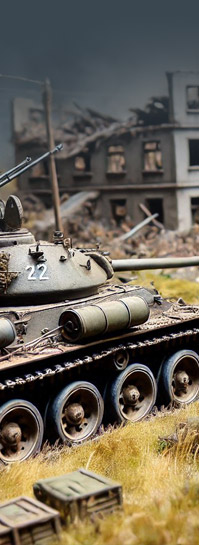

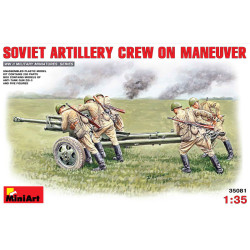
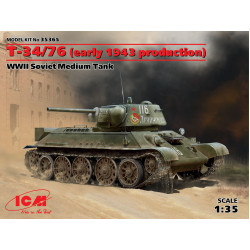

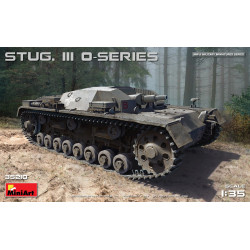
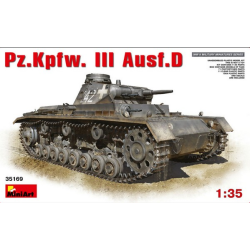

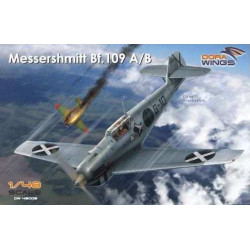
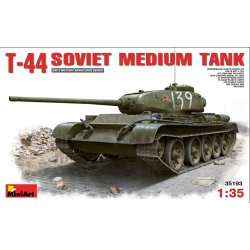
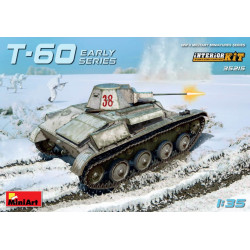
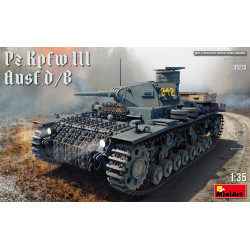
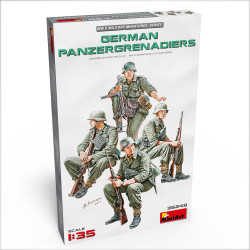
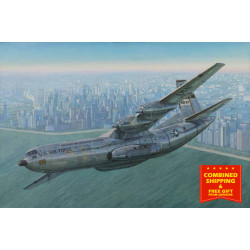
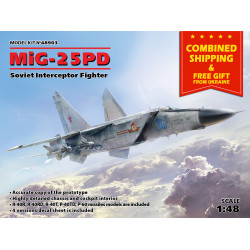
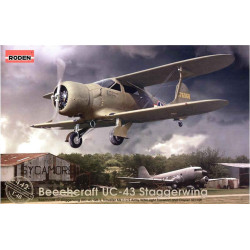
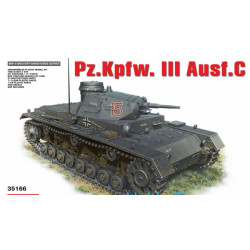
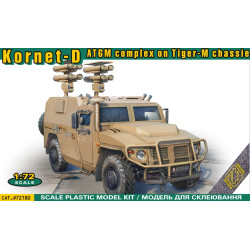

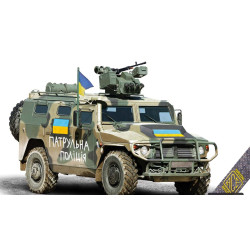
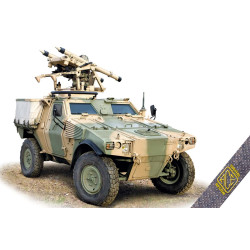
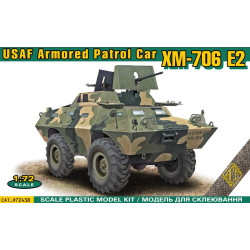

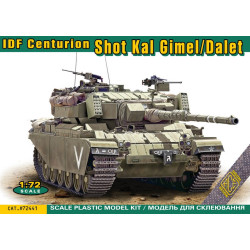
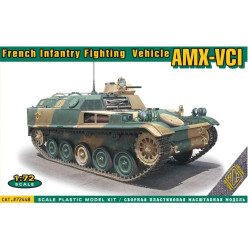
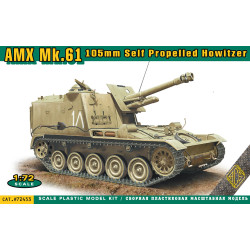
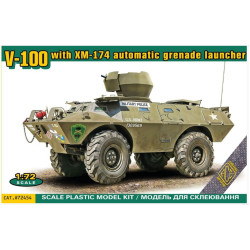

%201-250x250w.jpg)
%20scale%20plastic%20model%20kit%201-250x250w.jpg)
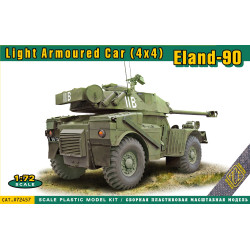
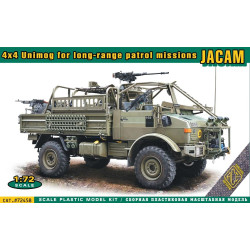
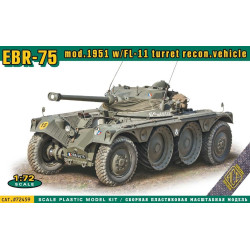
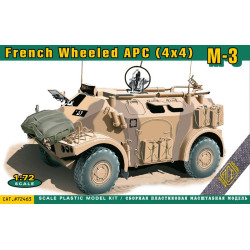

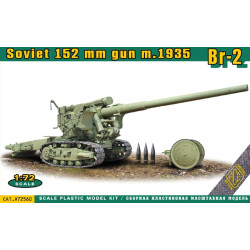
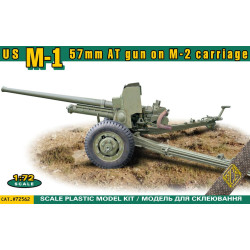
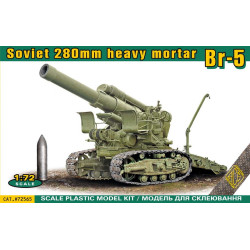

%20auf%20mZgkw%205t.1%20(1)-250x250w.jpg)
%20auf%20mZgkw%205t.1-250x250w.jpg)
